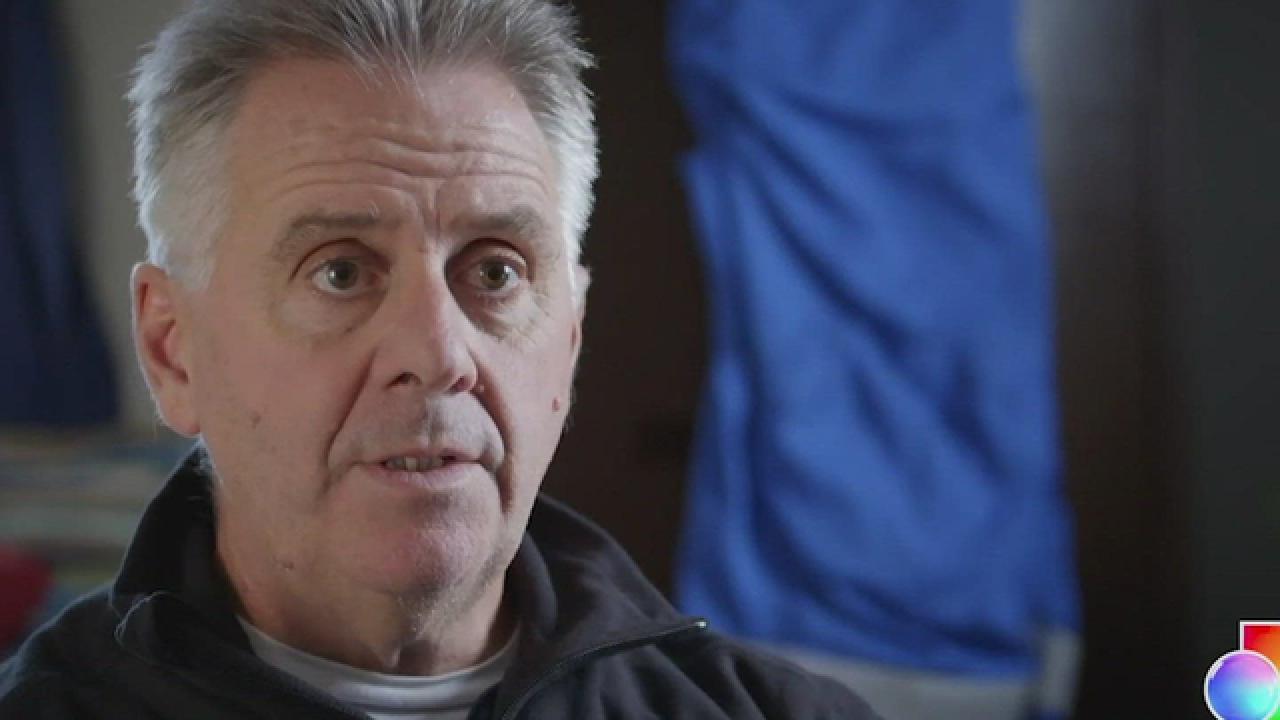
Only One Man Has Reached the World’s Deepest Points
Distinguished member of The Explorers Club, Victor Vescovo, became the first human to dive to the bottom of the deepest point of all five of the world’s oceans.
The brand-new documentary series EXPEDITION DEEP OCEAN chronicling this record-breaking mission is available now on discovery+.
This article has been updated on 4/2/21.
On August 24th, 2019, with external sea temperatures dropping to -2 °C (28.4 °F), Victor dived to a depth of 5,550 +/- 14 meters (18,208.7 +/- 45.9 ft) in the Molloy Hole, the deepest point in the Arctic Ocean. This was the first manned dive to ever reach the bottom of the trench and marked the completion of the 5th and final stage of the historic Five Deeps Expedition, a mission to reach the deepest point of all five of the Earth’s oceans in a manned submersible and diving them solo. This expedition was completed using the DSV Limiting Factor—a specially-designed submersible (Triton 36000/2 model) that’s the world’s deepest diving and only commercial, DNV GL-certified, operational submersible—and its support ship, the DSSV Pressure Drop.

The Molloy Hole was formed by gas explosion craters and lies 170 miles west of Svalbard, Norway. Three successful dives took place over the course of three days in which Victor Vescovo went by himself to complete the first manned dive to the bottom of the Molloy Deep, reaching a bottom depth of 5,550 meters. This dive took place 40-50 miles from an ice pack edge, leading to a dangerous dive, but the mission completed without incident.
“I am so proud of our entire, extraordinary team that made the Five Deeps Expedition possible.”
Victor Vescovo, Explorer

The four previous deeps that were reached on previous expeditions include:
Puerto Rico Trench – December 2018: The first solo dive to the bottom of the deepest point of the Atlantic Ocean where Victor reached a depth of 8,376 meters (27,480 ft) at the Bronson Deep.
South Sandwich Trench – February 2019: Victor became the first human ever to reach the deepest point of the Southern Ocean, at a depth of 7,434 meters (24,389.7 ft). This was the deepest dive ever into a sub-zero Hadal zone (greater than 6,000 meters) and only the third ever solo dive below 7,000 meters.
Java Trench – April 2019: Victor reached a depth of 7,192 meters (23,595.8 ft) to be the first person to reach the deepest point of the Indian Ocean. At the bottom of the trench, footage was captured of a new species of hadal snailfish amongst many other bottom dwelling organisms.
Mariana Trench – May 2019: This was the deepest dive in history to the bottom of Challenger Deep--a record-breaking depth of 10,924 meters (35,839.9 ft) and breaking a record held since 1960 by Lieutenant Don Walsh and Jacques Piccard. It also surpassed James Cameron’s previous solo dive of 10,908 meters (35,787.4 ft) in 2012. Additionally, three new species of marine animals were found during this dive, including a type of Amphipod that was discovered at the bottom of Challenger Deep.
The expedition made over 100 deep-sea lander deployments in thirteen locations, discovered more than 40 new species, recorded over 500 hours of high-definition video from the deep oceans, gathered over 400,000 biological samples and 1.5 million meters of water data, and collected bottom water at every deep for subsequent analysis.

“The Five Deeps Expedition has opened the door to Earths last frontier, the hadal zone, and demonstrates the contributions private initiatives can make to ocean science and the advancement of technology.”
Rob McCallum, Expedition Leader – EYOS Expeditions
Over the course of the entire Five Deeps Expedition from December 2018 through September 2019, the expedition team traveled around the world more than 46,000 miles, discovered over 30 new nameable underwater features, and, with a detailed multibeam system (Kongsberg EM124), mapped over 300,000 square kilometers (186,411 square miles) of seafloor.
In a historical coincidence, the expedition is concluding its mission in September 2019 -- 500 years after the beginning of Ferdinand Magellan’s first circumnavigation of the globe.


















